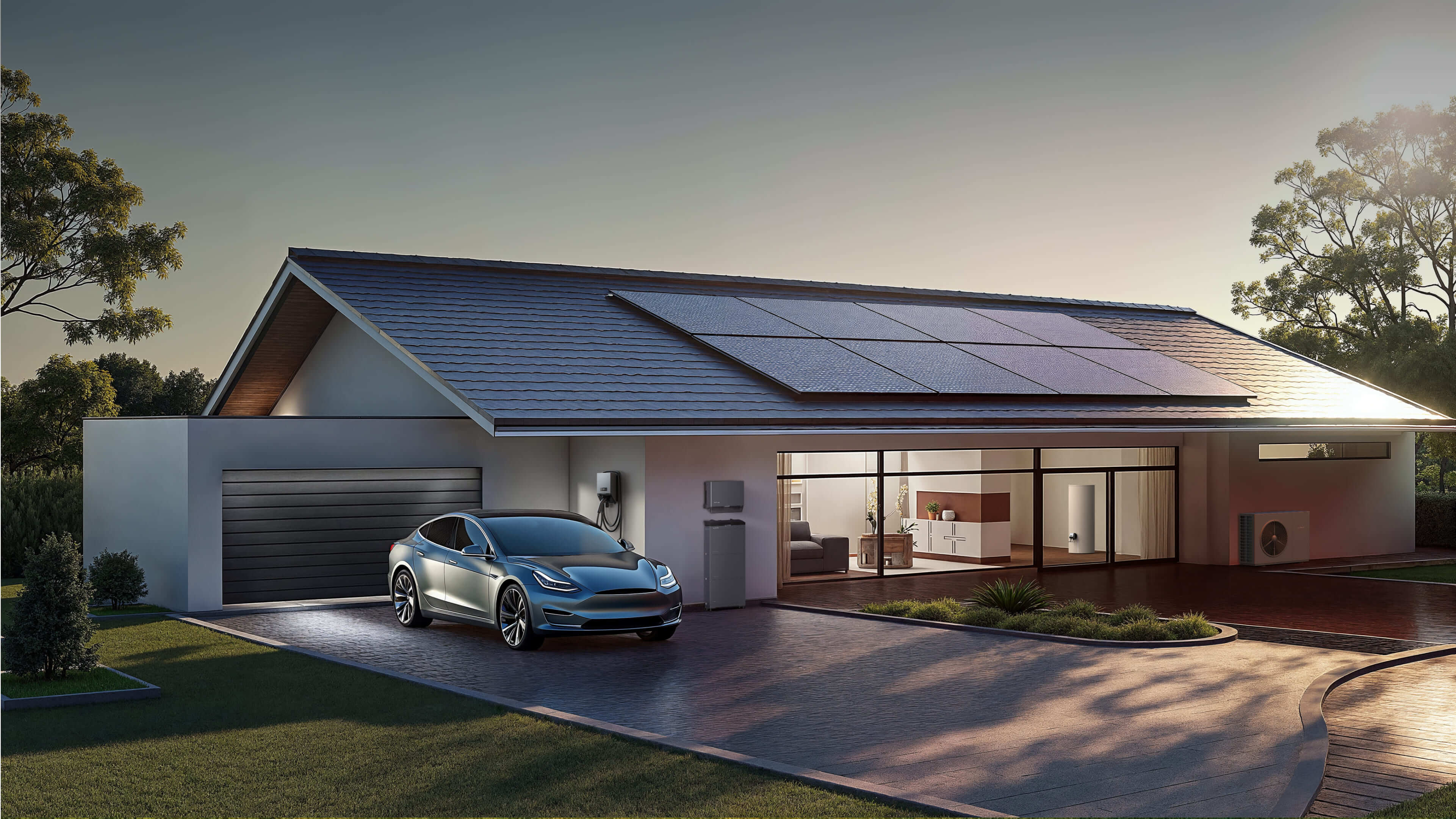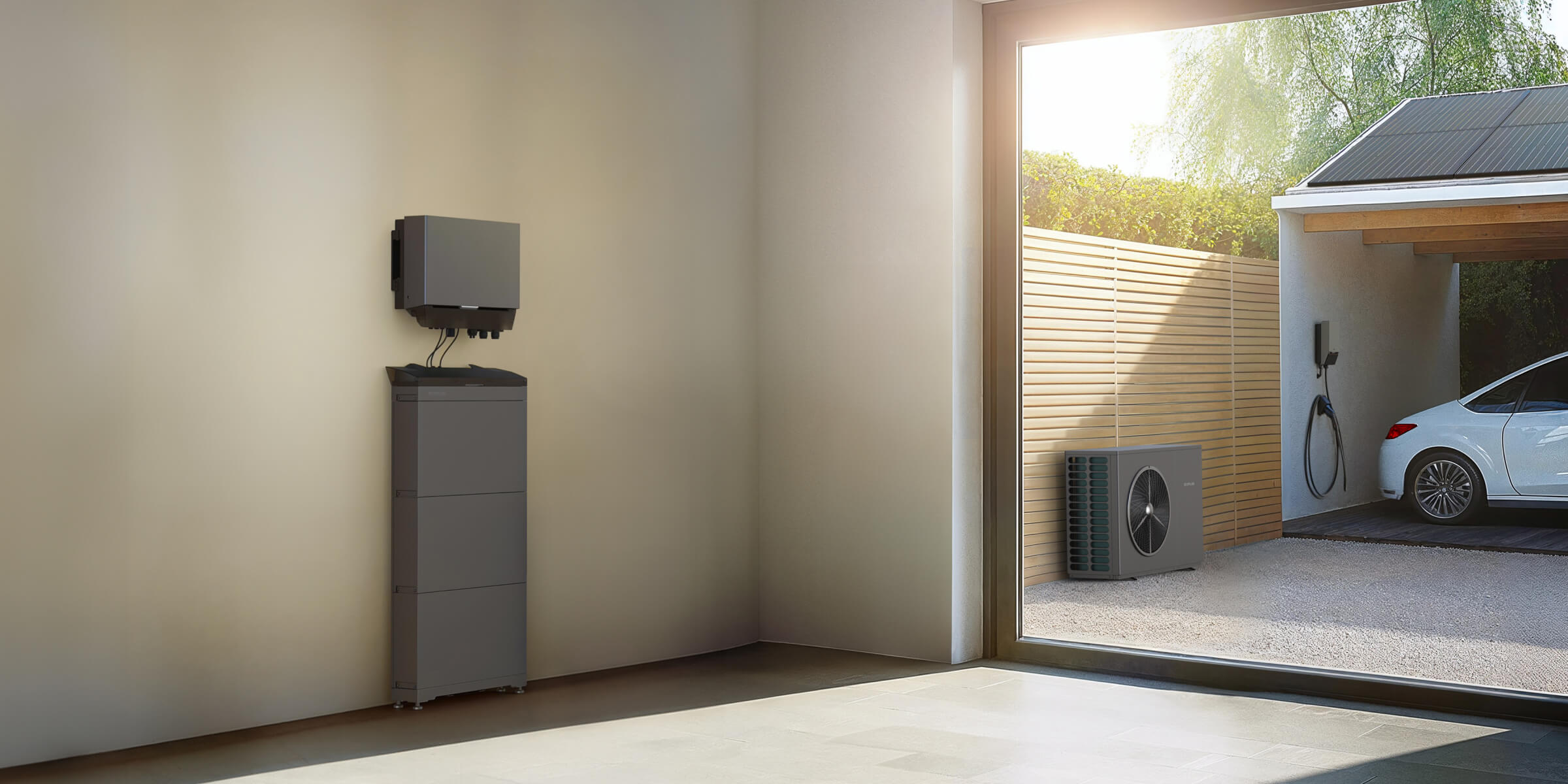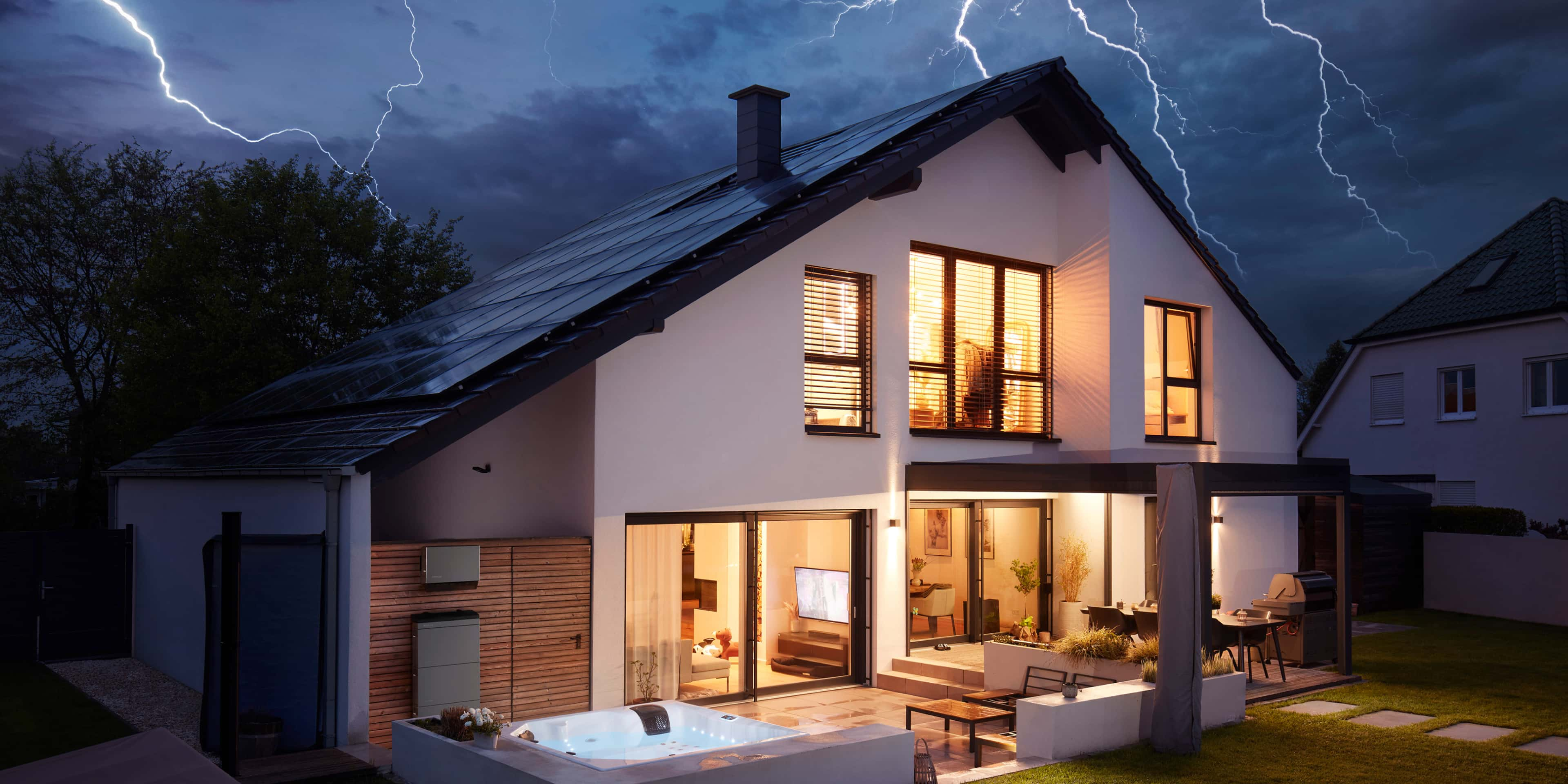EcoFlow Home Battery Blog Center

Home Energy Management
Home vs Portable Electric Car Charger: Top factors to consider
Home Energy Management
UK Energy Management Systems: Innovative Energy Data Solutions 2026
Home Energy Management
The Advantages of a Solar Water Heater for Sustainable Living

















